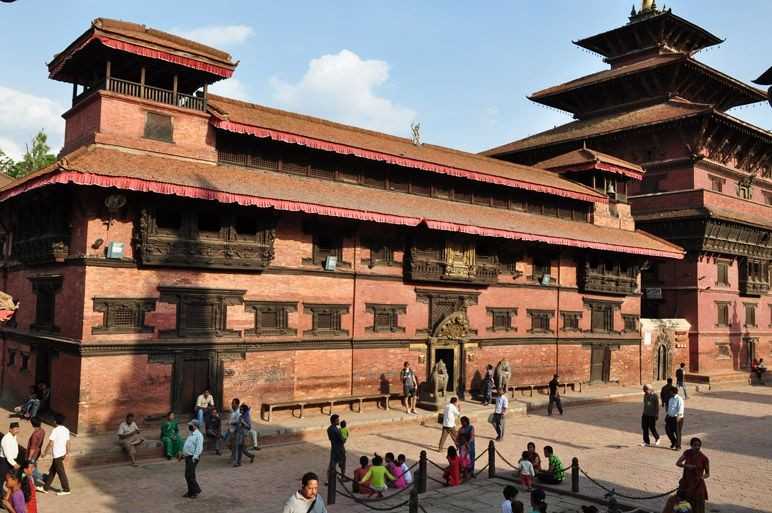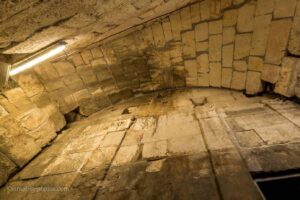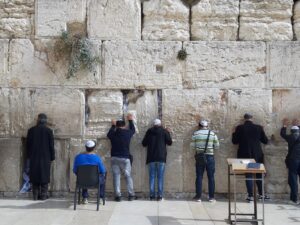Nestled in the heart of the ancient city of Patan, the Patan Museum is a treasure trove of art, culture, and history. This museum is not just a place to view artifacts; it is a journey through the rich heritage of Nepal, offering visitors a glimpse into the artistic and spiritual traditions that have shaped the region. Whether you’re a history buff, an art enthusiast, or simply a curious traveler, the Patan Museum is a must-visit destination that promises to enrich your understanding of Nepalese culture.
What to See
The Patan Museum is housed in a beautifully restored palace complex, which itself is a work of art. As you wander through its galleries, you’ll find an impressive collection of traditional Nepalese art, including bronze and copper sculptures, wood carvings, and religious artifacts. The museum’s exhibits are thoughtfully curated, providing context and insight into the significance of each piece. Highlights include the stunning statues of Hindu and Buddhist deities, which showcase the intricate craftsmanship and spiritual depth of Nepalese artisans.
In addition to the permanent collection, the museum often hosts temporary exhibitions that explore various aspects of Nepalese culture and history. Be sure to check the museum’s schedule for any special events or exhibitions during your visit. The museum’s serene courtyard and garden offer a peaceful retreat where you can relax and reflect on the beauty and history surrounding you.
A Bit of History and Interesting Facts
The Patan Museum is located in the former royal palace of the Malla kings, who ruled the Kathmandu Valley from the 12th to the 18th century. The palace complex, known as the Keshav Narayan Chowk, was meticulously restored with the help of Austrian architects and artisans in the 1990s. This restoration project was a significant undertaking, aimed at preserving the architectural heritage of the site while transforming it into a modern museum.
One interesting fact about the Patan Museum is that it was the first museum in Nepal to meet international standards for museum design and display. This achievement has set a benchmark for other cultural institutions in the country. The museum’s design seamlessly blends traditional Nepalese architecture with contemporary exhibition spaces, creating an environment that is both educational and aesthetically pleasing.
How to Get There and Tips for First-Time Visitors
Patan is located just a few kilometers south of Kathmandu, making it easily accessible for visitors staying in the capital. The most convenient way to reach the Patan Museum is by taxi or private car, which takes about 20-30 minutes from central Kathmandu, depending on traffic. Alternatively, you can take a local bus or microbus to Patan Dhoka and walk to the museum, which is situated in the heart of Patan Durbar Square.
For first-time visitors, it’s helpful to know that the museum is open daily, except for Tuesdays, from 10:30 AM to 4:30 PM. The entrance fee is reasonable, and guided tours are available for those who wish to gain deeper insights into the exhibits. It’s a good idea to allocate at least a couple of hours to explore the museum thoroughly. Don’t forget to bring a camera to capture the stunning architecture and exhibits, but be mindful of any photography restrictions inside the galleries.
In conclusion, the Patan Museum is a cultural gem that offers a unique window into the artistic and spiritual heritage of Nepal. Its rich collection, historical significance, and beautiful setting make it a must-visit destination for anyone traveling to the Kathmandu Valley. Whether you’re exploring the museum’s galleries or simply enjoying the tranquility of its courtyard, a visit to the Patan Museum is sure to be a memorable experience.








